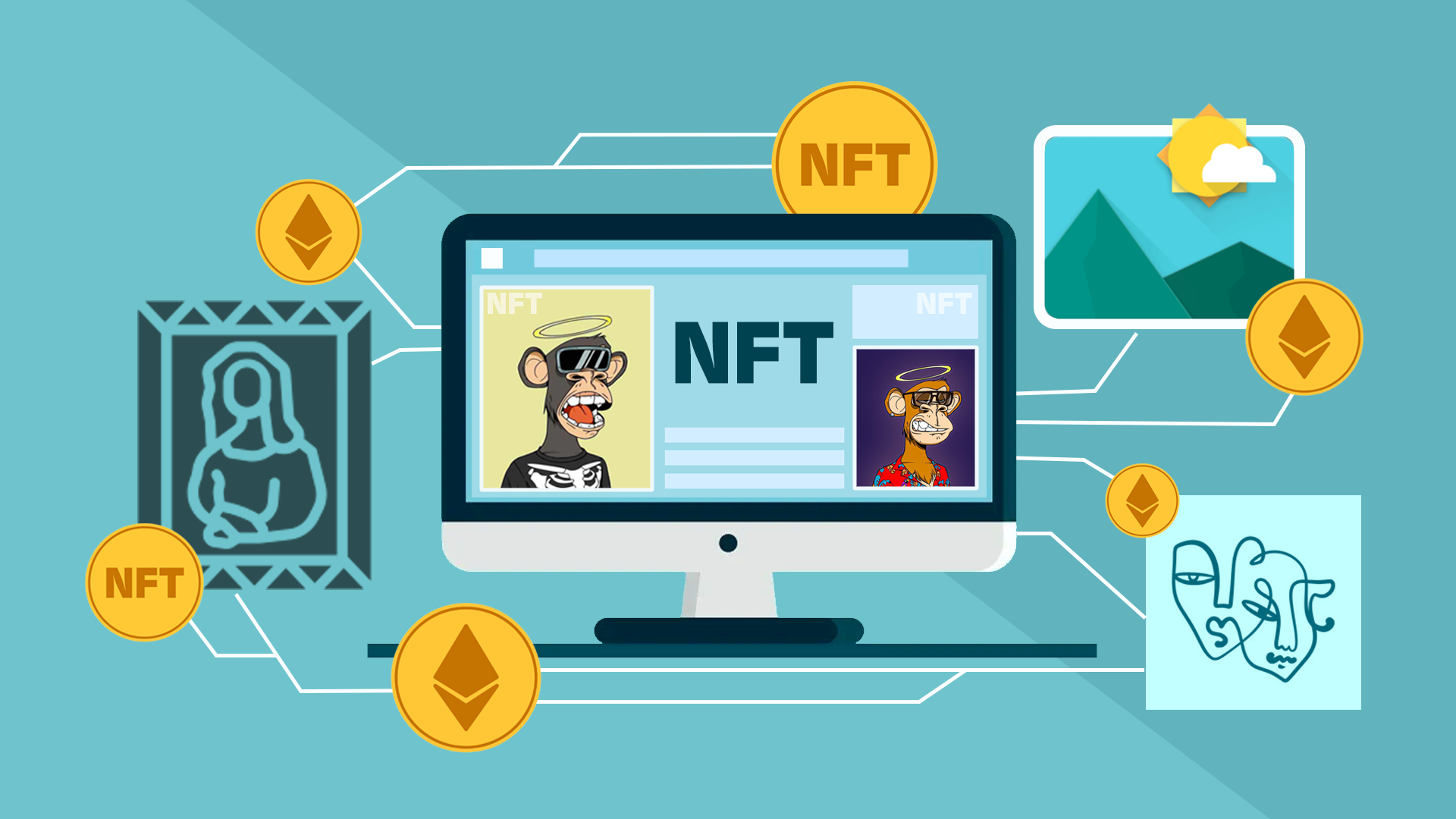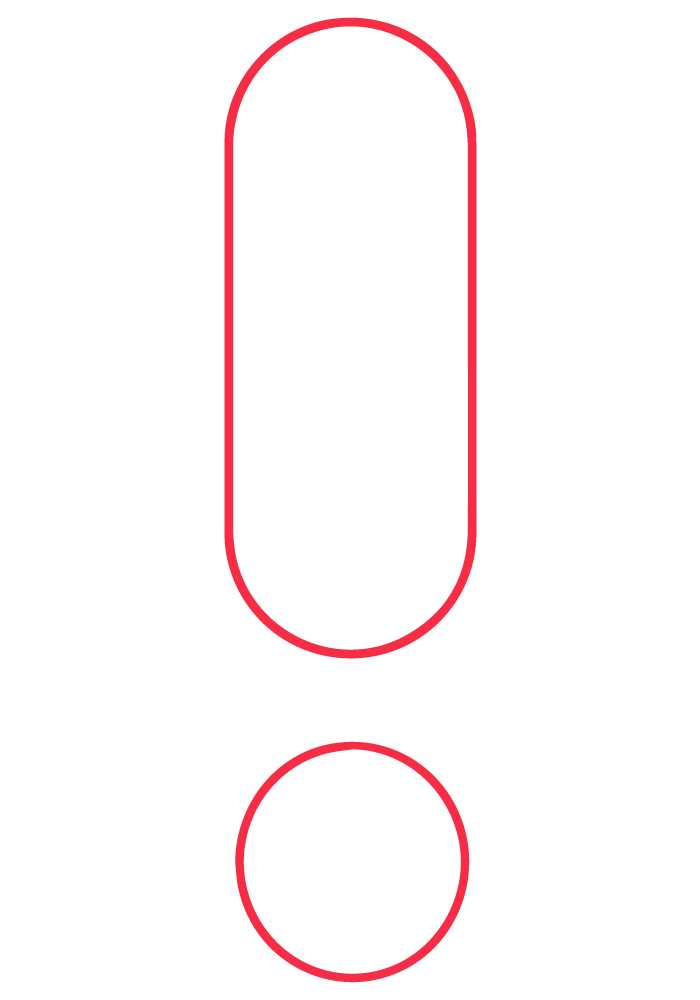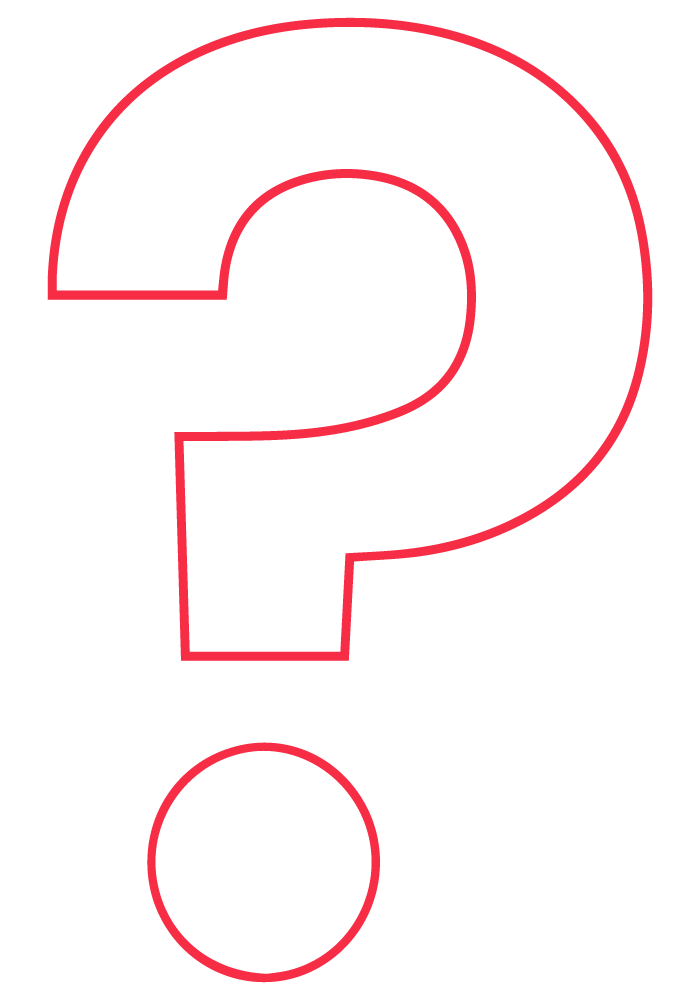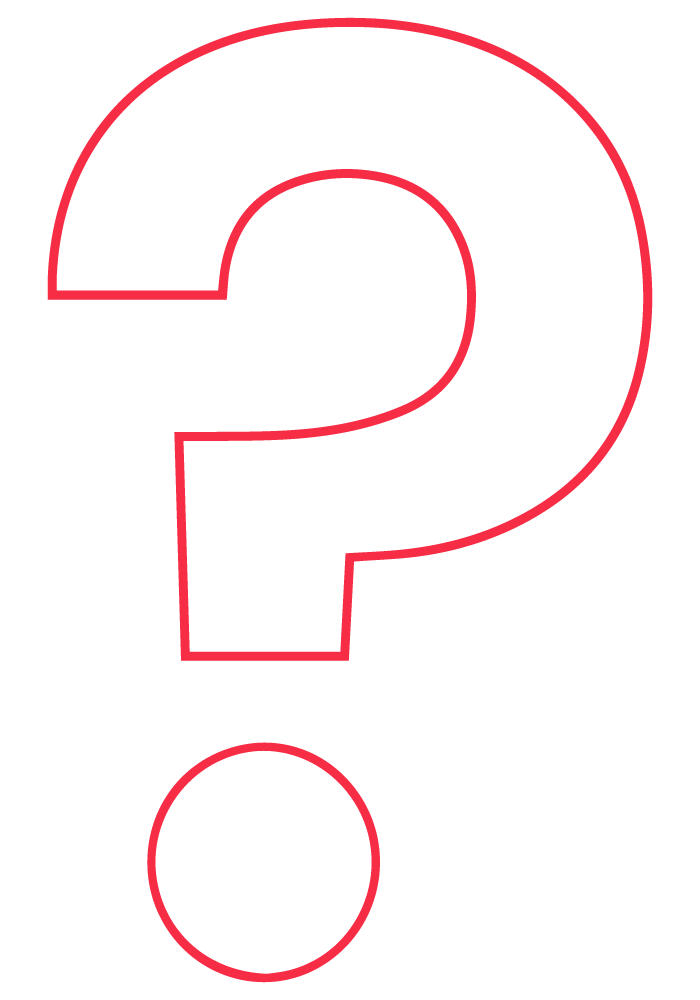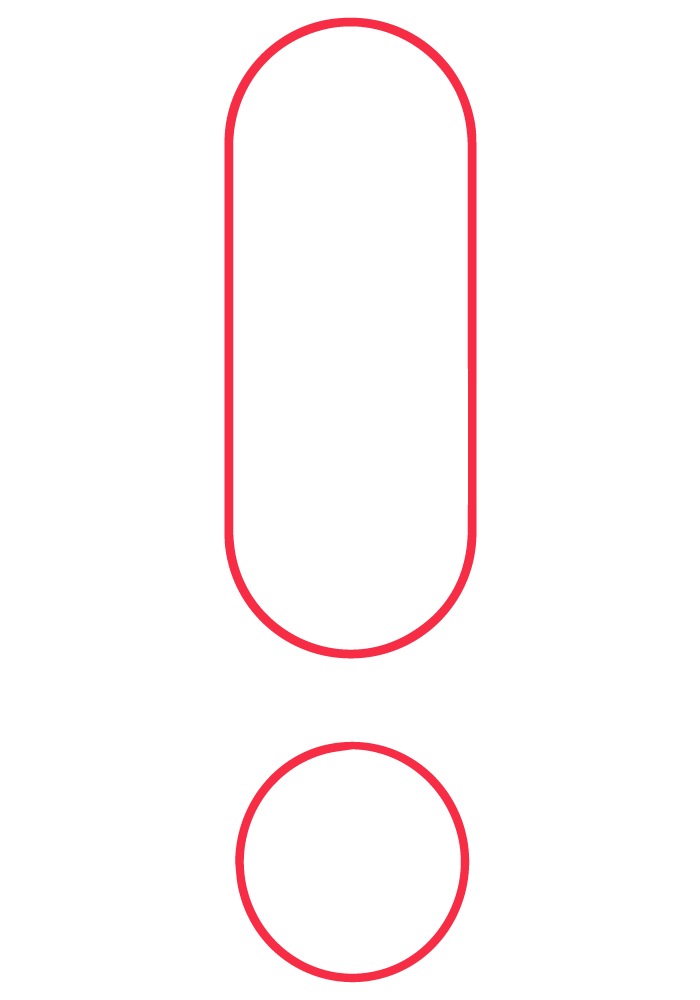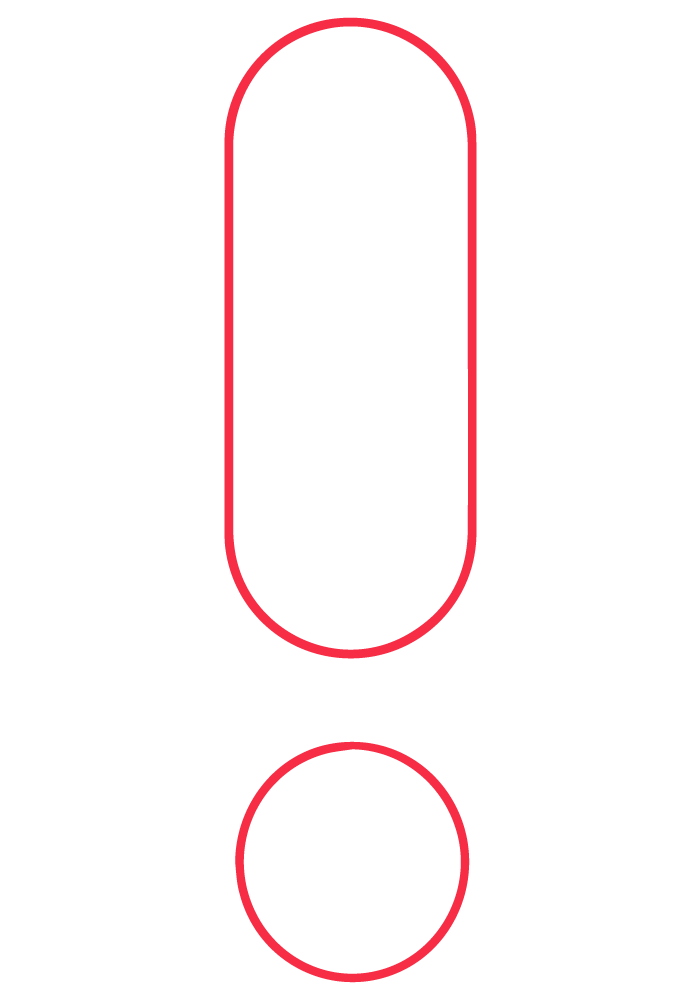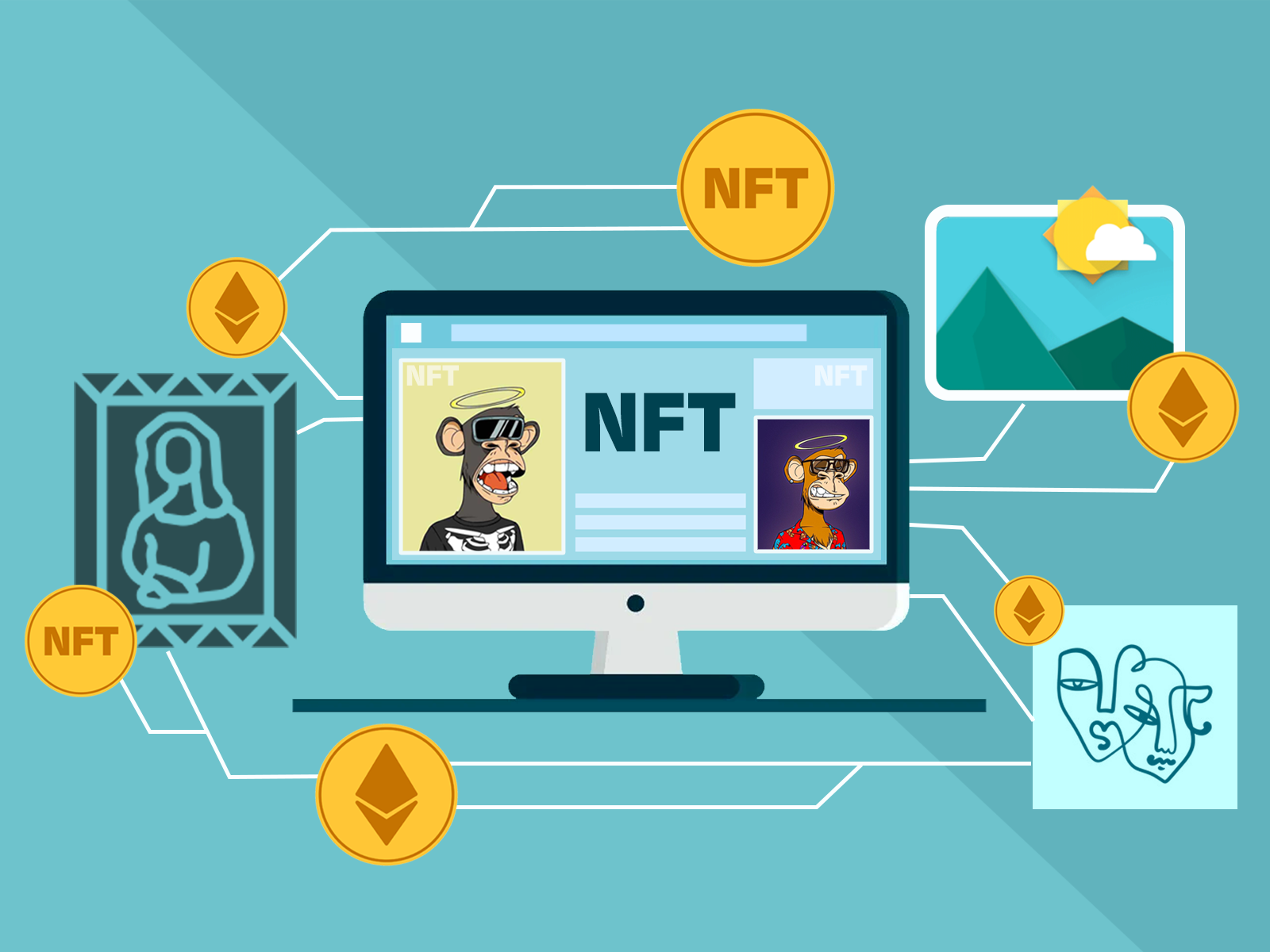 Innovative technologies allow selling and buying almost everything – art, cars, collectibles, digital characters, and even some memorable moments.
Innovative technologies allow selling and buying almost everything – art, cars, collectibles, digital characters, and even some memorable moments.
It all became possible thanks to NFTs, Non-Fungible Tokens. They are selling for crazy money – like hundreds of millions of dollars:
- The first ever tweet was sold for $2.9 million
- The Merge, a series of NFTs, was sold for $91.8 million
- The First 5000 Days, a collage of 5000 pictures made one per day over more than thirteen years by an artist Mike “Beeple” Winkelmann, was sold for $69.3 million
NFTs are gaining popularity with extreme speed, expanding the blockchain capabilities to new heights and pushing cryptocurrency out of the picture.
This article will disclose how to create an NFT marketplace and explain why you might be interested in creating it.
- We’ve covered the key points to shed light on NFT marketplace development:
- What is an NFT marketplace & how does it work?
- Step-by-step guide to creating an NFT marketplace
- Breakdown of NFT marketplace cost
Let’s get down to business.
What is an NFT Marketplace
Before moving to the definition of an NFT marketplace, let’s first understand the basics of NFTs.
NFT, or Non-Fungible token is a unique cryptographic token that exists on a blockchain and cannot be replicated. NFTs can replicate real-world tangible assets, such as artwork, real estate, collectibles, and even moments. Unlike cryptocurrencies, NFTs can’t be mutually exchanged for one another, as each token has a specific value based on its unique traits and attributes.
Here are a few characteristics that set NFTs aside:
- Unique value – the value of two NFTs can’t be equal. That’s why it’s impossible to exchange one NFT for another.
- Authenticity – each NFT has an owner. The ownership is determinable.
- Integrity – each NFT is integral and cannot be divided into a few parts.
- Originality – each NFT is unique. Its uniqueness is determined by a unique value and set of metadata.
- Place of existence – NFTs are a part of a blockchain.
So, an NFT marketplace is a digital platform for buying and selling Non-Fungible Tokens. There are standard and niche marketplaces. Usually, niche marketplaces are more in demand, as they specialize in selling some specific types of NFTs and target a specific audience.
How Does an NFT Marketplace Work?
Before exploring how to create an NFT marketplace, it’s important first to understand how NFT marketplaces work.
NFT marketplace is a place where users can upload a token, set up a starting price, and make millions of dollars selling their artwork or collectibles.
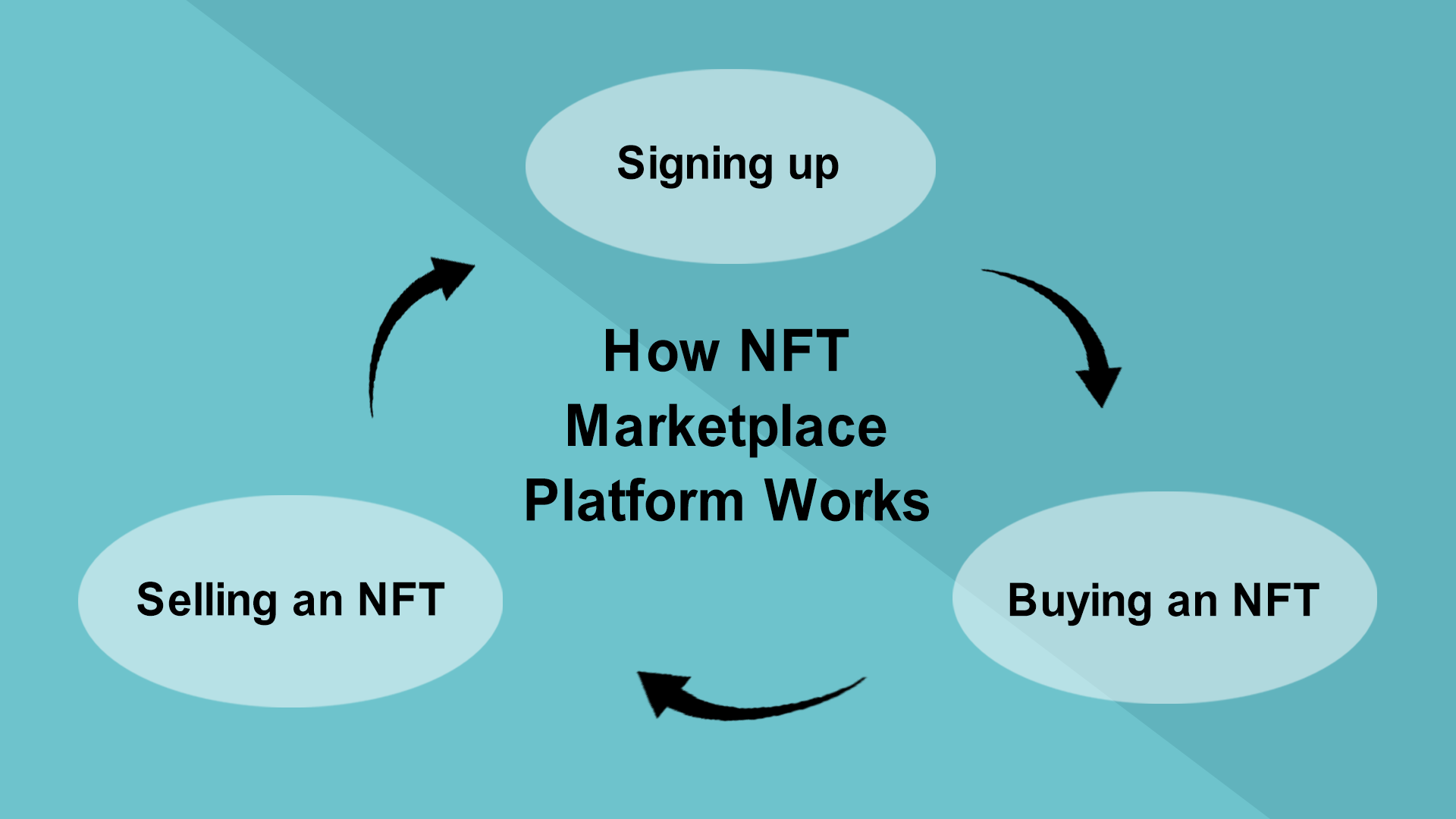
In most cases, NFT marketplaces share the same workflow.
- Signing up – the main steps include creating an account and connecting a supported digital wallet where users will store and manage their NFTs.
- Buying an NFT – customers can buy and sell NFTs for a fixed price or through an auction. Some marketplaces allow buyers to get in touch with sellers, submit an offer, and bargain for a better price.
- Selling an NFT – users can sell both NFTs they’ve previously bought or their own NFTs they’ve created (artwork, a tweet, a song, etc.). Users need to upload digital assets onto a marketplace, set up a price, and choose to sell the NFT for a fixed price or set up an auction. After the platform verifies and approves the asset, the asset is listed for sale. After a seller gets and accepts a bid, the marketplace transfers payment for the NFT from buyer to seller.
Why Create an NFT Marketplace in 2024
With all the talks around the sphere, why build an NFT marketplace?
As the saying goes, numbers speak louder than words. Let’s take a look at some statistics showing the perspectives of creating an NFT marketplace in 2024:
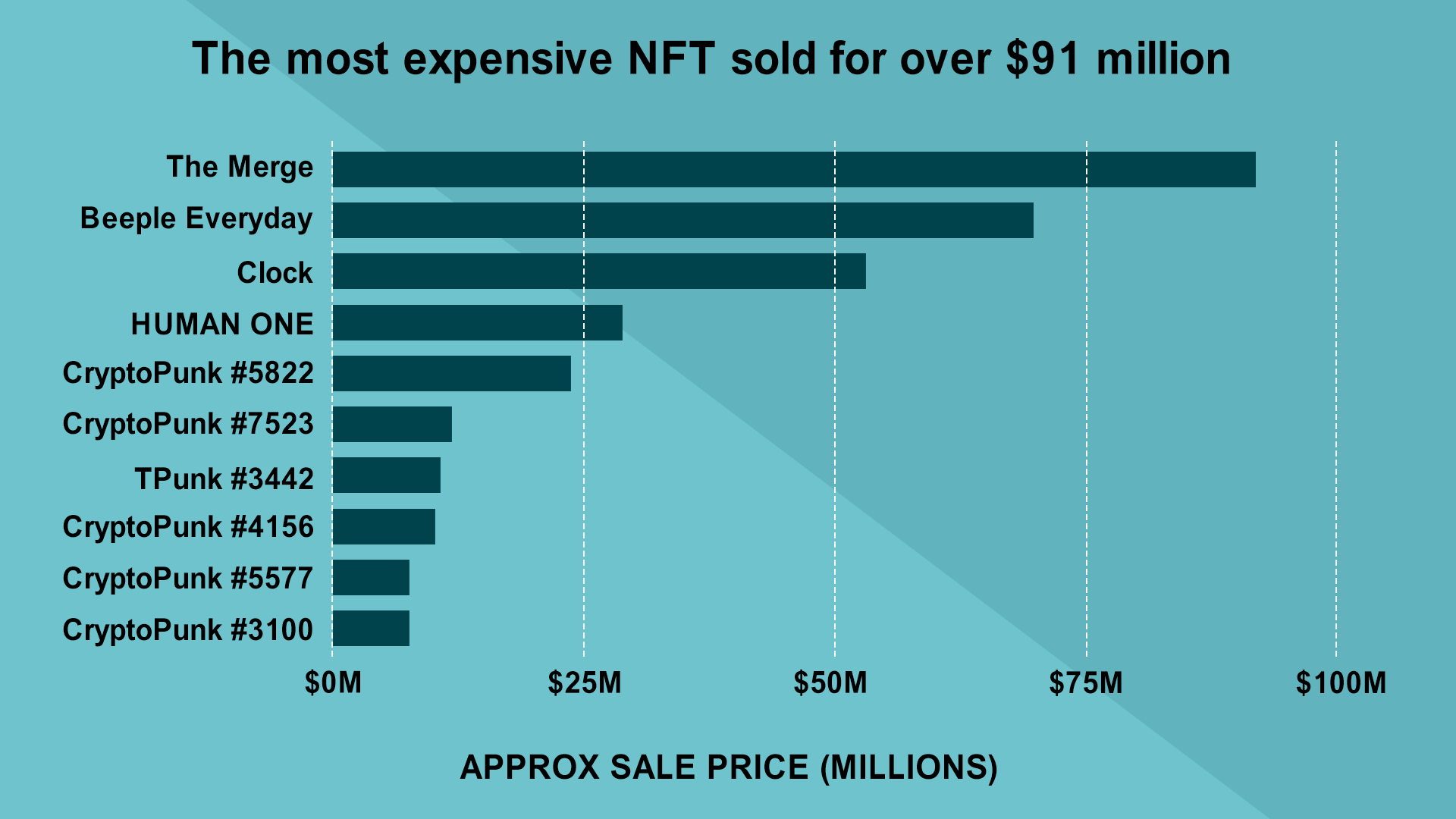
- The most expensive NFT, the Merge, was sold for over $91 million.
- OpenSea, one of the most popular and best NFT marketplace, is valued at $13.3 billion. Thanks to its multi-billion valuation, the marketplace is considered a decacorn company. (CoinDesk, 2022)
- Around 23% of Millennials collect NFTs and consider them as either their hobby or investment. Almost 8% of Gen X, 4% of Gen X, and 2% of Baby Boomers also collect NFTs. (Morning Consult, 2021)
- Total NFT sales are estimated at around $1.8 billion per month. The most popular categories are collectibles, metaverse, and art. (Statista, 2021)
There is no doubt that the market of NFTs will continue to expand in the upcoming year. You can either witness the success of others or create your own NFT marketplace and reap the benefits.
How to Create an NFT Marketplace: Step-by-Step Guide
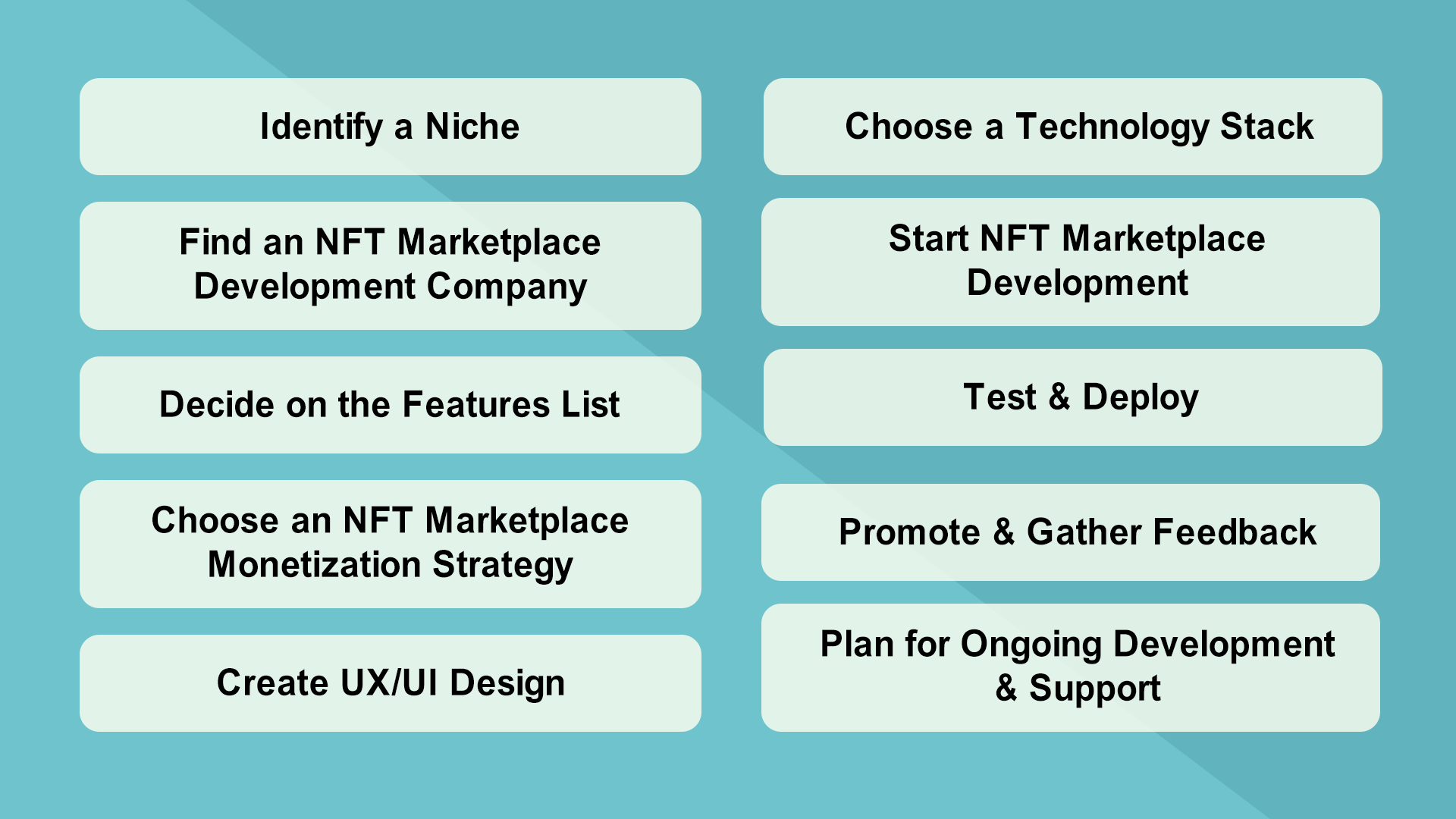
NFT marketplace development is a process comprising different stages, steps and decisions that should be made.
NFT marketplaces are created with the help of smart contracts over a blockchain. Usually, the development process can be divided into ten main steps:
- Identifying a niche
- Finding a vendor to create an NFT marketplace
- Deciding on the feature list
- Choosing a monetization strategy for NFT marketplace development
- Creating UX/UI design
- Choosing a technology stack
- Starting with NFT marketplace development
- Testing and deployment
- Promotion and gathering feedback
- Planning for ongoing development and support
Let’s find out how to create an NFT marketplace and review all the stages of the process in more detail.
Step 1: Identify a Niche
If you plan to create an NFT marketplace, you need to decide on the type of marketplace you are going to develop. There are some most popular types, such as art NFT marketplaces or gaming NFT marketplace. You can also create a unique NFT marketplace.
In this section of the article, we overview both categories to give you an idea of how to create an NFT marketplace.
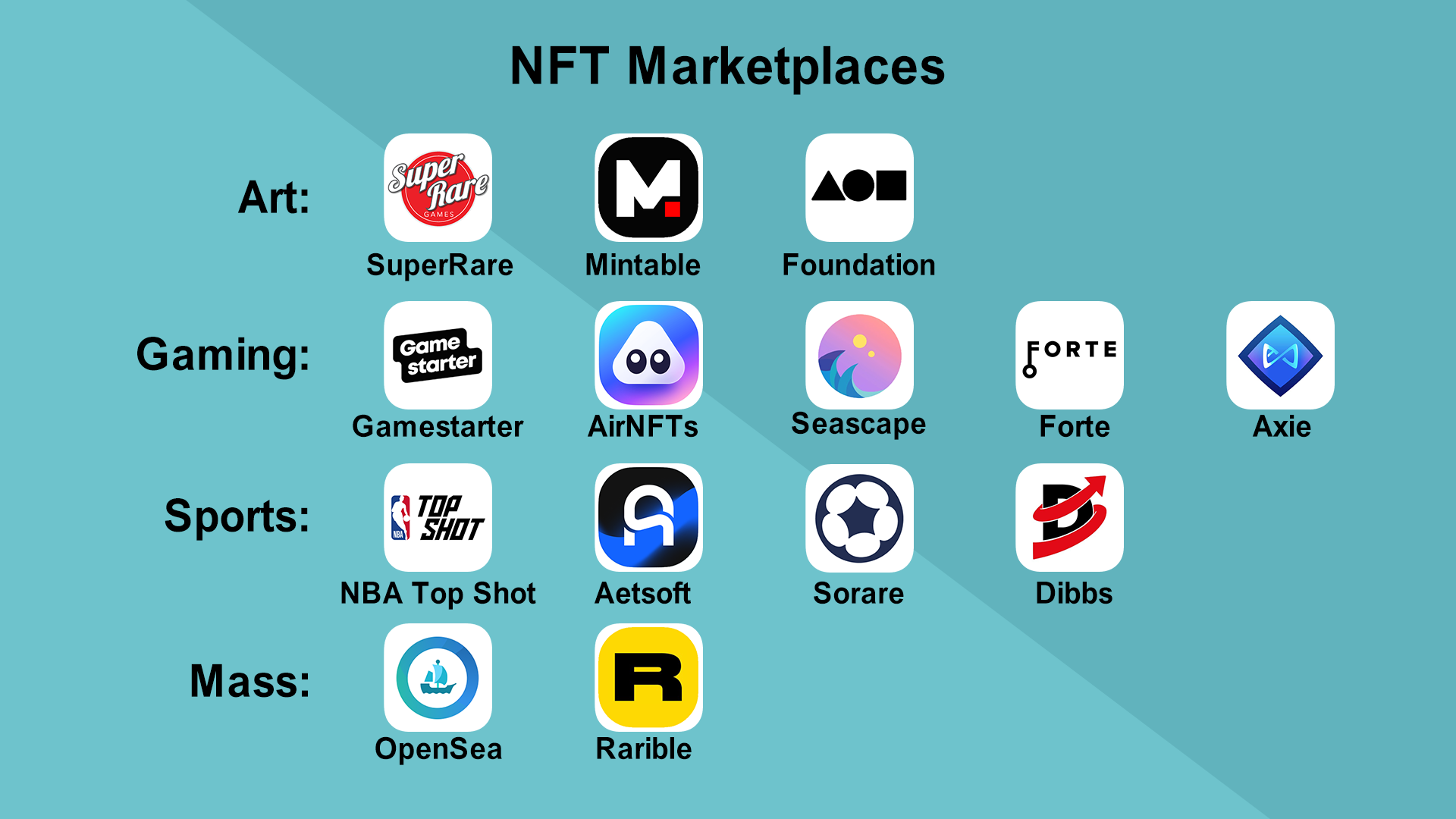
Art NFT Marketplaces
As the name entails, such marketplaces allow users to trade their apt pieces. Art NFT marketplace can be of two types:
- Non-curated marketplaces where anyone can sell their art. Therefore, you have no influence on the quality and type of artwork represented there.
- Curated or invite-only marketplaces allow you to target a specific audience, for example, those interested in some unique artworks. To sell art pieces on such a platform, an artist must undergo a selection process. A great example is SuperRate, a marketplace that works with selected leading concept artists.
Gaming NFT Marketplaces
Such marketplaces require close integration with the game it’s associated with. Users can sell or buy NFTs that symbolize various items or characters in games. The NFT marketplace acts as an intermediary between sellers and buyers while guaranteeing a safe deal.
Sports NFT Marketplaces
Do you remember times when you traded cards with your favorite sportspeople? You can still do it but on a bigger scale. There are NFT marketplaces dedicated to selling, purchasing, exchanging, and collecting NFTs related to the sports industry. You can create an NFT marketplace of this type if sports is your passion.
Mass NFT Marketplaces
Such marketplaces don’t limit users with what they can sell through it. They can trade different types of art pieces, memes, music, video clips, gaming items, and other collectibles.
Aside from traditional types, there are also some innovative ideas that you might be interested to explore.
eLearning NFT Marketplaces
Marketplaces of this type allow selling services and materials for online education, such as online courses, lessons, or curated programs.
Investment NFT Marketplaces
Marketplaces of this type function as stock markets and allow asset trading. They have a lot in common with traditional investment solutions and thus need to have the power to issue legally valid assets with proprietary rights, shares, and dividends.
Security NFT Marketplaces
Non-fungible tokens can also serve as security tokens used to access programs, databases, content, or even events.
Real Estate NFT Marketplaces
Marketplaces of this type can allow users to tokenize real-world houses and sell them as NFTs with the transfer of ownership right to the buyer. Another option is a marketplace where users will be able to sell and buy digital houses or land. After buyers get ownership over an asset, they can build a house on the virtual land, decorate it or sell it to another buyer. Decentraland is a great example of such an NFT marketplace.
There is no limit to what NFT marketplaces you can create. You can choose any of the mentioned types or come up with your own unique idea.
Below you can see a table with the most popular NFT marketplaces and what NFTs they specialize in.
| Marketplace | Type of NFTs |
| OpenSea |
Solana NFTs Art Collectibles Music Domain namesv Photography |
| SuperRare |
Art Collectibles Photography |
| Rarible |
PFP Art Metaverse Photography Music |
| Foundation |
Art Collectibles Video 3D |
| KnownOrigin |
Art Photographs GIFs Videos |
| Portion |
Digital art Digital fashion Generative art Memes Photography |
| Decentraland |
Land Estates Avatar wearables Collectibles |
| Institut |
Collectibles Digital fashion Pixel Genesis Utility Virtual worlds |
| Magic Eden |
Solana NFTs Digital collectibles Game assets |
Before you move on to the next question, make sure you have answers to the following questions:
- Do you want to use a white-label NFT or create an NFT platform from scratch?
- How will your NFT marketplace differ from competitors?
- Which NFT standards should the marketplace support?
- How will customers pay for NFTs?
- Will your NFT marketplace allow NFT minting?
Step 2: Find an NFT Marketplace Development Company
If you don’t know how to answer the above questions and don’t want to study how to create an NFT marketplace from the technical side, you’ll need to hire developers to do the job.
You can choose from a few options:
- Hire a freelancer – this option might be good if you have a small task and need a talent for a few hours. If you have NFT marketplace development in mind, you’ll need a whole group of experts to make it possible.
- Hire in-house developers – let’s be honest, NFT developers are quite challenging to find. It’s even harder to hunt down and hire in-house experts for your project. One of the downsides is that you’ll probably need more than one expert in the field, and hiring them will cost you a pretty penny.
- Hire an NFT marketplace development company – this option will allow you to concentrate on business tasks while entrusting technical implementation into the hands of experts. The decision to outsource NFT marketplace development opens the doors to the best talents in the world. You won’t need to run from one developer to another, spend countless hours trying to organize their work and figuring out all the aspects of the development process. The outsourcing company will take all the tasks, allowing you to dedicate time to other matters.
So, where can you find the best NFT marketplace developers?
You can start your research with such platforms as Clutch, The Manifest, GoodFirms, and others. Such platforms provide all the information about the company, its previous experience, and portfolio. It’s almost impossible to add fake reviews on Clutch, which boost its credibility up a few levels.
After you’ve shortlisted a few companies, you can jump on calls with them to discuss your project and their experience. During the calls, you’ll be able to evaluate their expertise in the sphere, understand how the company matches your requirements and whether you are a fit when it comes to culture and communication style. You can also get in touch with current and previous clients to get a better insider look at a company and how comfortable it’s to work with it.
Step 3: Decide on the Features List
Let’s move on to the fun part – choosing a features list for NFT marketplace development. There are basic features that every marketplace should have and some additional ones that will help your marketplace be different from competitors.
Here are some of the features of NFT marketplace that you can work with during development.
Sign up and sign in, user profile, settings and notifications are must-have features that you can meet in any software. NFT marketplace development is no exception to this rule.
Just like a traditional marketplace, NFT platforms have a storefront. It shows all the NFTs being sold on the platform with all the information about them, their pricing, offers and owners’ history, item activity, and other details.
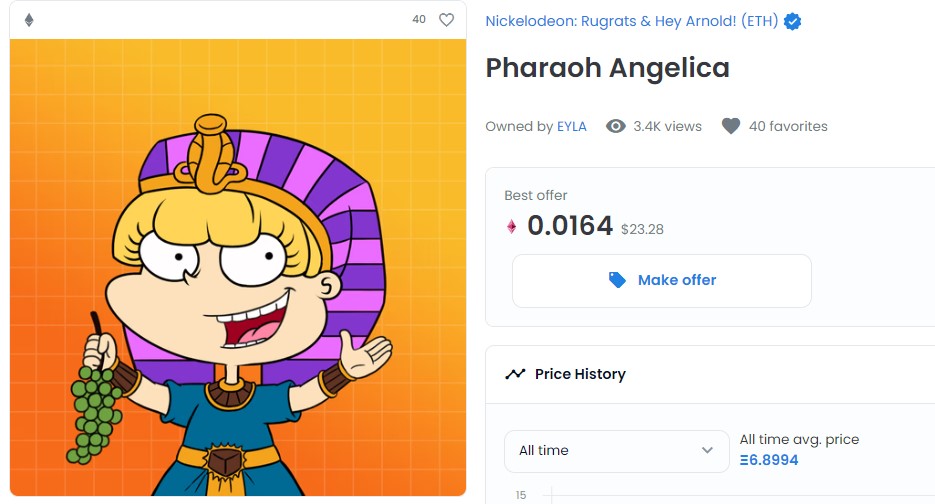
Search system is the most essential part of an NFT platform. It should include various filters to narrow down the search, and advanced features, such as typo-tolerance, predictive search, voice search, AI-powered personalized search, etc.
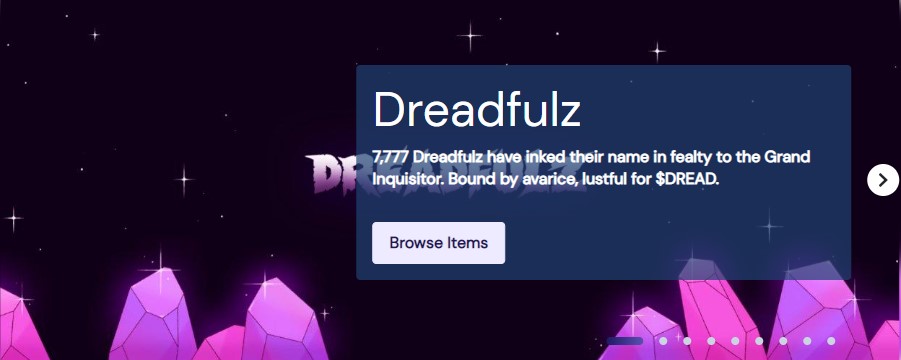
Your marketplace will probably have thousands if not millions of NFTs. With future growth in mind, you need to create a platform where users won’t have problems finding the items they need. You can add different categories and allow filtering NFTs by status, price, quantity, currency, creation and expiration dates, etc.
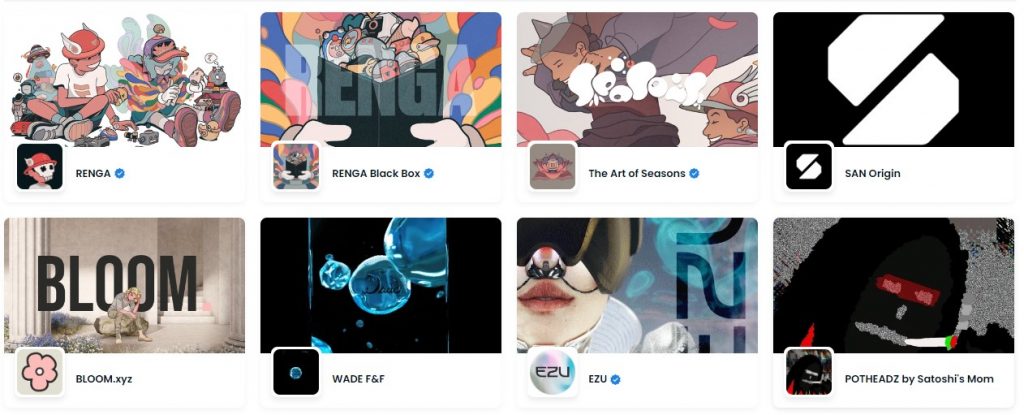
Buying is the most important feature of any marketplace. With an NFT marketplace, you don’t need to limit yourself to the fixed-price model. Adding the bid option will allow sellers to sell their NFTs for the highest bid and for buyers to get the excitement of an auction.
A bid closing date is an option worth considering. This way, buyers will understand how much time they have left to bid, whether they need to increase the bid now or wait till later days.
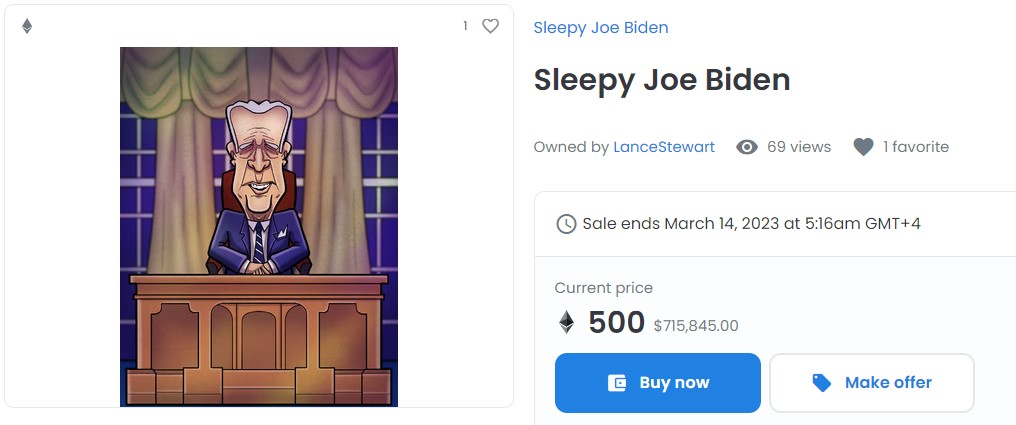
Users should be able to create their own collectibles and add them to your platform for sale. This functionality includes such options as adding a detailed product description, title, tags, and other necessary information.
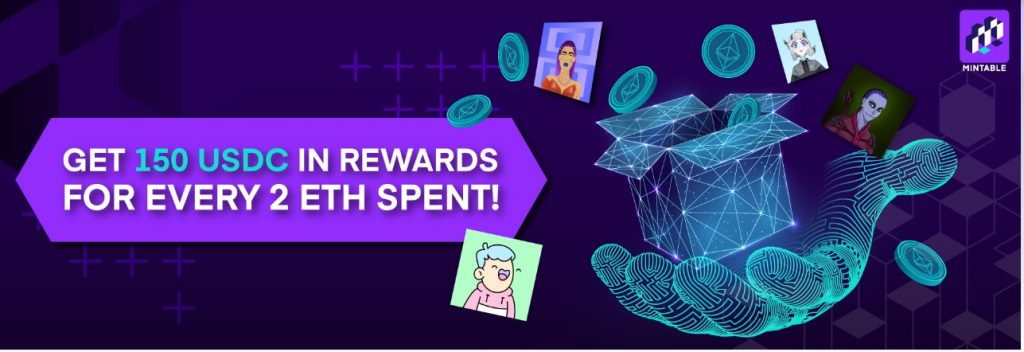
Wallet is a place where users of your NFT platform will store, send and receive NFTs and cryptocurrencies. Implementation of this functionality is possible in two ways – you can create your own wallet or integrate your marketplace with an existing one like Cionbase, MyEtherWallet, and others.
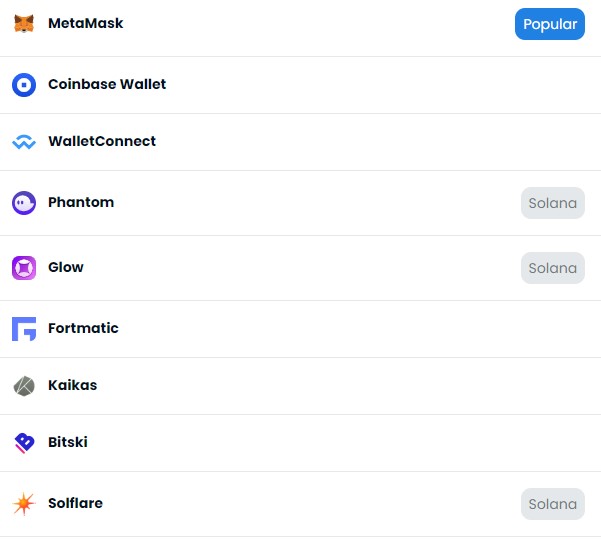
NFT marketplaces allow users to rate others and provide feedback about their experience with a seller. Reviews allow users to evaluate the trustworthiness of sellers and help them make the right choice. It’s especially useful for newbie NFT buyers with limited experience in the industry.
The majority of NFT platforms allow users to mint NFTs. IN simple terms, they allow users to add an NFT to the platform and publish it on blockchain to make it purchasable.
In addition to the features mentioned above, you can also consider adding some advanced functionality, such as an AI-powered content management system that won’t allow uploading inappropriate content, P2P NFT trading, favorites lists, personalized recommendations, and much more.
Step 4: Choose an NFT Marketplace Monetization Strategy
So, how do NFT marketplaces make money?
There are a few monetization strategies that you can use for your project:
- Listing fees – the NFT marketplace charges sellers for listing (posting) their digital assets.
- Transactions fees – the marketplace deducts a certain percentage from each transaction made with the platform. OpenSea, for example, charges a 2.5% fee for each sale made.
- Setup fees – the marketplace can charge creators for listing their first ever non-fungible token on the platform.
- Bidding charges – bidders pay a certain fee for every bid made on the platform.
- Ads – you can make money by allowing users to promote their NFTs on their platforms. You can also allow other companies to place ads on your marketplace and make money from every ad placement.
Step 5: Create UX/UI Design
You can’t fully decide how to create an NFT marketplace without taking into account UX and UI design.
Good design starts with the creation of User Experience (UX). UX aims to provide a seamless user flow in the NFT marketplace. Users should be able to move through the platform screens with no problem. The logic behind each action should be clear to all users – no matter their technical background.
The user interface (UI) supports the app’s functionality. It’s the first thing users see when they land on the marketplace. The first impression can either make or break the success of your project.
Before starting the work on the design, explore your target audience, their needs, and desires. The design of the NFT marketplace platform should meet users’ expectations.
Step 6: Choose a Technology Stack
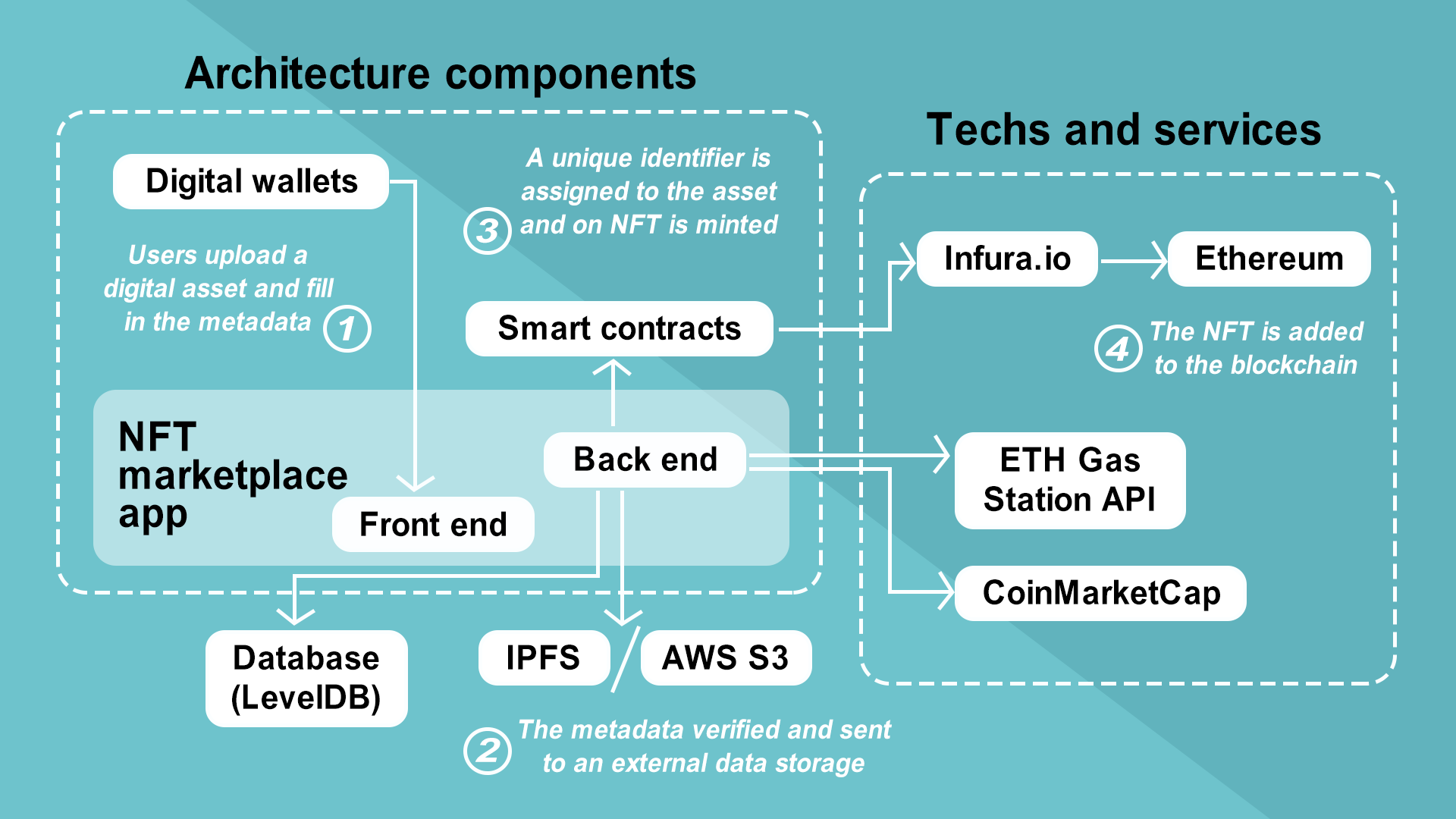
Generally speaking, NFT marketplace development can be divided into two stages – back-end and front-end development. Below you can see an example of the technology stack that can be used to create an NFT marketplace.
Back-end development
NFT marketplace backend takes care of the server side of the marketplace and identifies how everything in the platform communicates between the database and the server.
Here is an example of the technology stack for back-end development of an NFT marketplace:
| Programming languages | Java, PHP, Python |
| Frameworks | Symfony, Flask, Spring |
| Databases |
SQL: MySQL, PostgreSQL NoSQL: MongoDB |
| Cache | Redis, Memcached |
| Search engines | Elasticsearch, Apache Solr |
| Blockchain | Ethereum, Binance Smart Chain, Flow, Cardano, Tezos, Solana |
| Token standard |
Ethereum: ERC 721, ERC 998, ERC 1155 Binance Smart Chain: BEP-20 Flow: Flow-NFT Cardano: CIP 25 – NFT Metadata Tezos: FA2 Solana: SPL |
| Smart contracts | Ethereum Virtual Machine, BSC Virtual Machine |
Front-end development
Front-end development is the creation of the graphic user interface of a website or a mobile application. It covers all the tasks to allow users to view the content and interact with a platform.
If you decide to build an NFT website and an app, you’ll need to take care of their development separately.
Here is an example of the technology stack for front-end development of an NFT marketplace:
| Programming languages (web) | Angular.JS, React.JS, Backbone |
| Programming languages (mobile) |
Android: Java, Kotlin iOS: Swift, Objective-C |
| IDE |
Android: Android Studio iOS: Xcode |
| SDKs | Android SDK and iOS SDK |
The final technology stack will depend on the platforms you are going to target and functionality that you are going to implement.
Step 8: Test & Deploy
This stage is essential as it allows you to make sure your marketplace is bug-free and users won’t have any problems interacting with it. After every part of the platform is thoroughly tested, only then can you release the marketplace to the market.
Step 9: Promote & Gather Feedback
So, now that your marketplace is live, it’s time to move on to other important tasks – promotion and gathering feedback.
In the best-case scenario, promotion should start long before the NFT marketplace hits the market. As you’re working on your idea, you can collaborate with influencers to promote your project, share information on social media, and invite users to become the first beta testers.
You can use a comprehensive approach and utilize a few marketing channels, combining SMM, paid ads, influencer marketing, partnerships, and other strategies.
After you’ve released the solution, gathering feedback from users is the most important task. You need to understand what they like about the NFT marketplace, what features it lacks, and how they would improve the overall experience with the platform.
Step 10: Plan for Ongoing Development & Support
The feedback gathered at the previous stage will help you decide how to create an NFT marketplace and develop it further. The development of an NFT marketplace is an ongoing process that requires you to continue working on its functionality, performance, and scalability even after its launch to market.
How Much Does It Cost to Create an NFT Marketplace?
We’ve finally moved to the most exciting part – NFT marketplace development cost.
NFT marketplace cost starts at around $50,000 for the simplest version for a single platform (iOS, Android, or web). If you want to add the support of more platforms and some unique functionality, you’ll need to pay $150,000 and more. The final NFT marketplace development cost will depend on a number of factors:
- The place where you decide to hire an NFT marketplace development company
- The company you decide to hire
- The requirements of your project
- UI/UX design and creation of branding elements (logo, icons, animations)
- Technology stack
- Third-party integrations
- Functionality and its complexity
You can always get in touch with us for project estimation.
Create an NFT Marketplace: Sum Up
Now you know how to create an NFT marketplace and the main steps of the process.
To sum up, here is a quick overview of the key steps of NFT marketplace development:
- Identify a niche
- Find a vendor
- Select features
- Choose a monetization strategy
- Create UX/UI design
- Choose a technology stack
- Start the development process
- Test and deploy
- Promote and gather feedback
- Plan for ongoing development and support
NFT marketplace development, Blockchain Application Development, how to create an NFT marketplace, How to Create a Voice Translation App, Dating Apps, Mobile Wallet App, Create Photo Sharing App, Cloud Based App, Apps for Fitness, Mobile Healthcare, Digital Wallet, MVP App Development, Custom eLearning Development, AR App Development, iOS App, Restaurant App, Chatbot Development, Mobile App,
